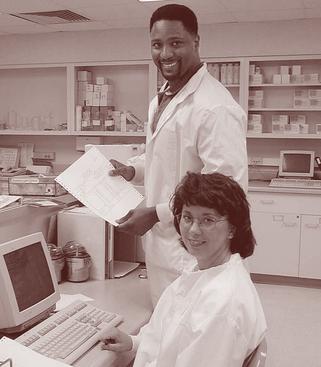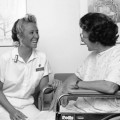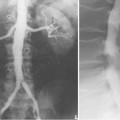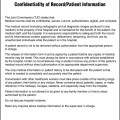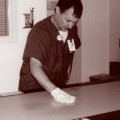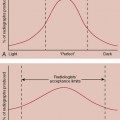CHAPTER 19 On completion of this chapter, you should be able to: • Give a historical account of how the allied health professions developed. • Describe the role of the nurse and the scope of the profession. • Describe the role of the medical technologist and the scope of the profession. • Describe the role of the dietitian and the scope of the profession. • Describe the role of the physical therapist and the scope of the profession. • Describe the role of the occupational therapist and the scope of the profession. • Describe the role of the respiratory therapist and the scope of the profession. • Describe the role of the emergency medical technician and the scope of the profession. • Describe the role of the physician assistant and the scope of the profession. • Describe the role of the histotechnologist and the scope of the profession. • Describe the role of the cytotechnologist and the scope of the profession. • Describe the role of the health information administrator and the scope of the profession. • Describe the role of the dental hygienist and the scope of the profession. The medical technologist functions within the clinical laboratory to provide diagnostic and therapeutic information to primary caregivers. This information is generated by the medical technologist through highly precise analysis of blood and body fluids to measure and identify the constituents (Fig. 19-1). Several different disciplines or specialties are within the profession of medical technology. Body fluid chemistry involves measurement of constituents such as glucose, cholesterol, blood acidity, and the various blood proteins. Hematologic analyses include counting red and white blood cells and using the microscope to identify abnormalities. Clotting abnormalities also can be identified by a variety of special tests. Medical technologists working in the blood banking discipline test donor and recipient blood to ensure compatibility of transfusion products. In the microbiology laboratory, medical technologists culture and analyze bacteria, fungi, parasites, and viruses to diagnose infectious diseases while also performing tests to determine the most effective therapeutic agents. Immunodiagnostic testing involves the detection of immune system products such as antibodies to determine infectious disease status, as well as protective immunity. A newly emerging discipline in medical technology involves molecular testing such as analysis of deoxyribonucleic acid (DNA).
Allied Health Professions
Medical technology
Radiology Key
Fastest Radiology Insight Engine

